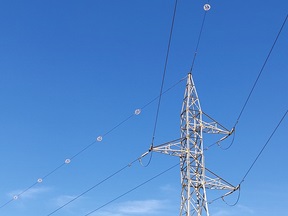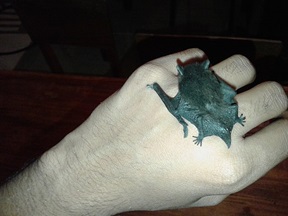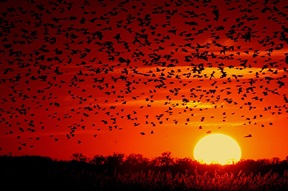Wind turbines have a bad reputation, particularly in respect of their effect on flying creatures like bats and birds. But new research shows that we can overcome this problem, to a large extent. As told by Katarina Zimmer in Knowable Magazine.

Wind turbine collisions
Wind turbine collisions are an important source of deaths with bats and birds. A problem that we should take care of. On the one hand, we need wind turbines: in order to restrict global warming; but should this then imply the murder of innocent creatures? Katarina Zimmer recounts that each wind turbine will lead to about four to six dead birds per year. The number of wind turbines grows fast, so the number of casualties could rise to about one million per year. But, she says, the number of casualties among bats is much worse. Just in North-America, the number might approach one million. Maybe, she says, some species might face extinction, according to experts. Should we then go on constructing wind parks?
But research shows that we can reduce the number of bat and bird collisions. Researchers investigated how and why collisions took place. This shows that we can prevent them. The simplest scheme is stopping the turbines as a flock of birds approaches. Or design turbines in such a way that they will prevent collisions – at least to a large extent.

Bats
Bats are very useful animals. They eat pathogenic organisms, spread seeds and pollinate plants. But they reproduce slowly – typically one baby per year – and therefore are vulnerable if their numbers decline. Turbines seem to attract them – which is not the case with birds. How then could we prevent collisions to take place?
The most effective scheme is to restrict the operational hours of the turbine. In particular, halting them at low wind speeds is very effective in preventing dead bats; whereas there is little loss in productivity. In an Australian wind park, starting the turbines at 4.5 metres per second instead of 3 metres per second resulted in just 0.1 percent loss in revenue. Whereas 54 percent less bats were killed. The consequence of this is that we shouldn’t construct wind parks where average wind speeds are low.
But we have more measures up our sleeves. For instance, we can emit ultrasound waves – sounds that are not audible to humans but are audible to bats. We need to investigate this further. The scheme worked well in one wind park, but we should prove its effectiveness in general.

Birds
And how can we prevent bird collisions to take place? Even though cats kill many more birds than do wind turbines. But many bird species are in decline, and therefore we should prevent extra casualties as much as possible. Particularly from birds of prey. These often hunt in the same areas where we construct wind turbines, like on mountain ridges. It might be a good idea to locate the wind turbines somewhere else. Or we could paint turbine blades. If we just paint one blade, the turbine would become much more visible. In Norway, this led to 70 percent less bird collisions. But again, this is something we need to investigate.
And what about wind turbines at sea, then? Here, birds do not expect obstacles – maybe they just don’t see them. Maybe painting the entire turbine would help, with a noticeable pattern.
And maybe wind park management may contribute to the solution. For instance, we can spot flocks of birds approaching, by GPS or even by eyesight. Then we could stop the turbines. Or some turbines might emit sound signals, in order to frighten off birds.
Governments’ role
But alas, many wind park managers are only willing to take measures when forced to do so by governments. Therefore, these should take their responsibilities. They should draw up clear rules. For instance, Germany has a good reputation in this respect: all newly constructed wind turbines should be turned off if there is a threat of collisions with bats.
But then, all parties interested should cooperate. Government agencies, local authorities, environmentalists and scientists. All parties involved should come to the table. In order to make sure that restrictive measures are executed. On behalf of both nature and a sustainable energy future.
Interesting? Then also read:
Insects are in decline, around the world. How worried should we be?
Bee colony collapse: will we ever know the true causes?
Solar and wind energy revisited
